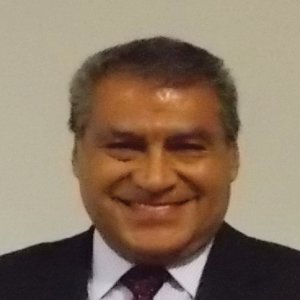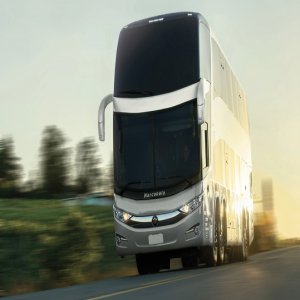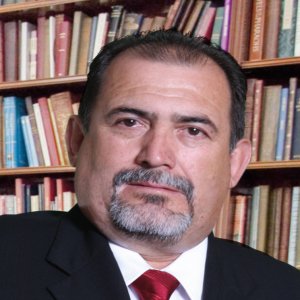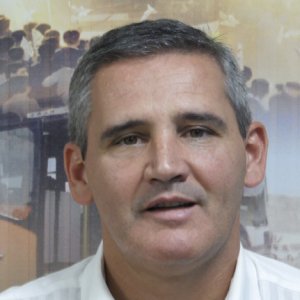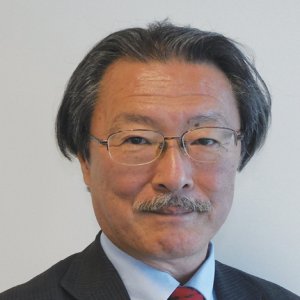The Pillars of the Mexican Automotive Industry

STORY INLINE POST
Q: What have been the Ministry of Economy’s strategies to attract new investments in the Mexican automotive industry?
A: 2014 and 2015 have been really good years for the automotive industry, given that we have managed to complete investments that we started working on a few years back. In general, there are four main factors that make Mexico an attractive destination for these and many other projects. Firstly, we have our extensive FTA network. The fact that Mexico is a gateway to other global economies gives manufacturers the opportunity to place their products in 45 countries, making Mexico a truly attractive option in this globalized industry. Secondly, we have developed a successful strategy for the development of human capital. We are currently producing close to 100,000 engineers annually, and we have structured our education plans to address the needs of the automotive industry. The backbone of this program was to transform Mexico from a low-value manufacturing location into a high-tech production hub for both the automotive and aerospace industries. We have already started to manage design, engineering, and innovation processes, as well as working closely with the industry through technological institutions. The third factor has been the promotion of engineering and R&D activities in the automotive sector. This has allowed us to create a stronger value proposition for potential investors, preparing the country for any economic eventuality we might face. Finally, the fourth pillar has been the Energy Reform. This has added incentives to reduce Mexico’s energy costs, making us more competitive in the international market. During 2014, industrial electricity decreased from 20% to 15%, which had huge repercussions on the image that new companies have of the country. These four pillars have made Mexico the ultimate automotive destination, offering investment security and promising potential for international business.

Q: How have programs to develop the local supply chain, such as ProAuto, evolved in the country?
A: ProAuto is the specific program we have developed for the automotive industry, aligning several public policies to help SMEs develop in the automotive sector. However, this program has evolved substantially. We have moved past our initial efforts and are now focusing on the industry’s most important demands, identifying possible areas of opportunity for our local players. This strategy has led us to focus on seven main segments, namely forging, stamping, machining, plastic injection, molding, pressing, and die forming. We now center our attention on these areas, while searching for and developing specific suppliers within the local network. The Ministry is working with big players in the industry that are looking to increase the local content in their production. We are looking for mutual gains by encouraging supplier development. Given that most OEMs have an established supplier base, it is difficult to develop a new Tier 1 company. However, we are in touch with all the OEMs and Tier 1 suppliers coming to the industry, and we are focusing our efforts to support Tier 2, Tier 3, and Tier 4 suppliers. Additionally, if OEMs or Tier 1 companies need larger production volumes from smaller suppliers, we can work with Bancomext to offer them financing solutions for expanding their operations. Once we identify the need, we can determine the areas of opportunity in terms of labor, capacity, or even certification and engineering processes.
Q: How does the Ministry of Economy incentivize engineering and R&D processes in the automotive industry?
A: We establish all the industrial policies for the country and are working closely with Program for the Development of the Software Industry (PROSOFT) and National Council for Science and Technology (CONACYT) to develop the best strategies to help these companies settle in Mexico. The Ministry of Economy (SE) manages all different industries vertically, while promoting local supplier development, clustering and regionalization, innovation, and human capital horizontally. In order to incentivize engineering processes, we first need to develop the proper human talent for these operations. There are several companies that already have innovation centers in Mexico, and we can proudly say that they are filled with young Mexican engineers developing the components that will be used in future operations. In terms of human capital, together with the industry and with the Ministry of Public Education (SEP), we have developed technical universities in the Bajio, creating specific programs for the automotive sector, as well as in Puebla and every other automotive-oriented state.
Our job is to create proper incentives to encourage more companies to bring their R&D operations to the country. For that reason, the automotive industry was the most supported sector by CONACYT in 2014. The biggest challenge is to encourage the industry to keep investing in engineering and high-value manufacturing operations. In order for companies to create a stronger bond with the country, we need to convince more of them to bring their R&D operations into Mexico, which also makes it more difficult for them to withdraw their operations in the event of an economic crisis.

Q: How will the Energy Reform, and the increasing role of natural gas, influence the development of the Mexican automotive industry?
A: We see natural gas as a really attractive alternative to make the industry more cost-competitive. As we move toward combined cycle power generation processes, we are able to offer better electricity tariffs. Even though we have already reached a 20% decrease in energy costs, we expect to achieve further reductions in the future.
Q: How is the government working to develop the infrastructure needed to bring electric and hybrid vehicles to the market?
A: The Energy Reform states that the government must work on all the necessary projects to incentivize the use of these new technologies. Hence, the SE is working to develop the best conditions to promote investment in these areas. We have created several incentives to promote the introduction of these technologies and the creation of the required infrastructure. As this process evolves, more companies will consider Mexico to be an attractive location to market their products. We have already visualized what needs to change in the country, and we are working on the best projects for the network and the public infrastructure the industry needs.
